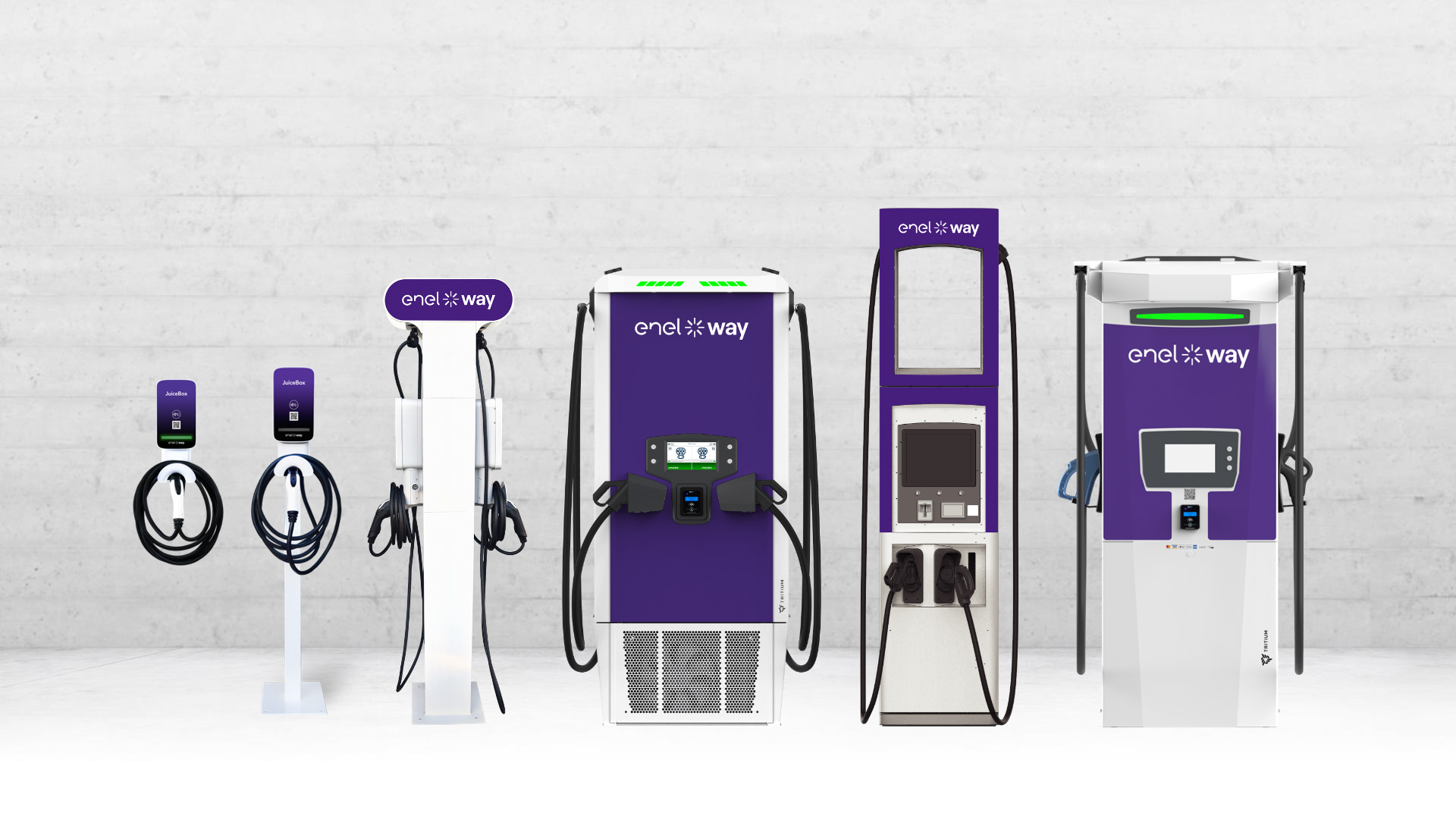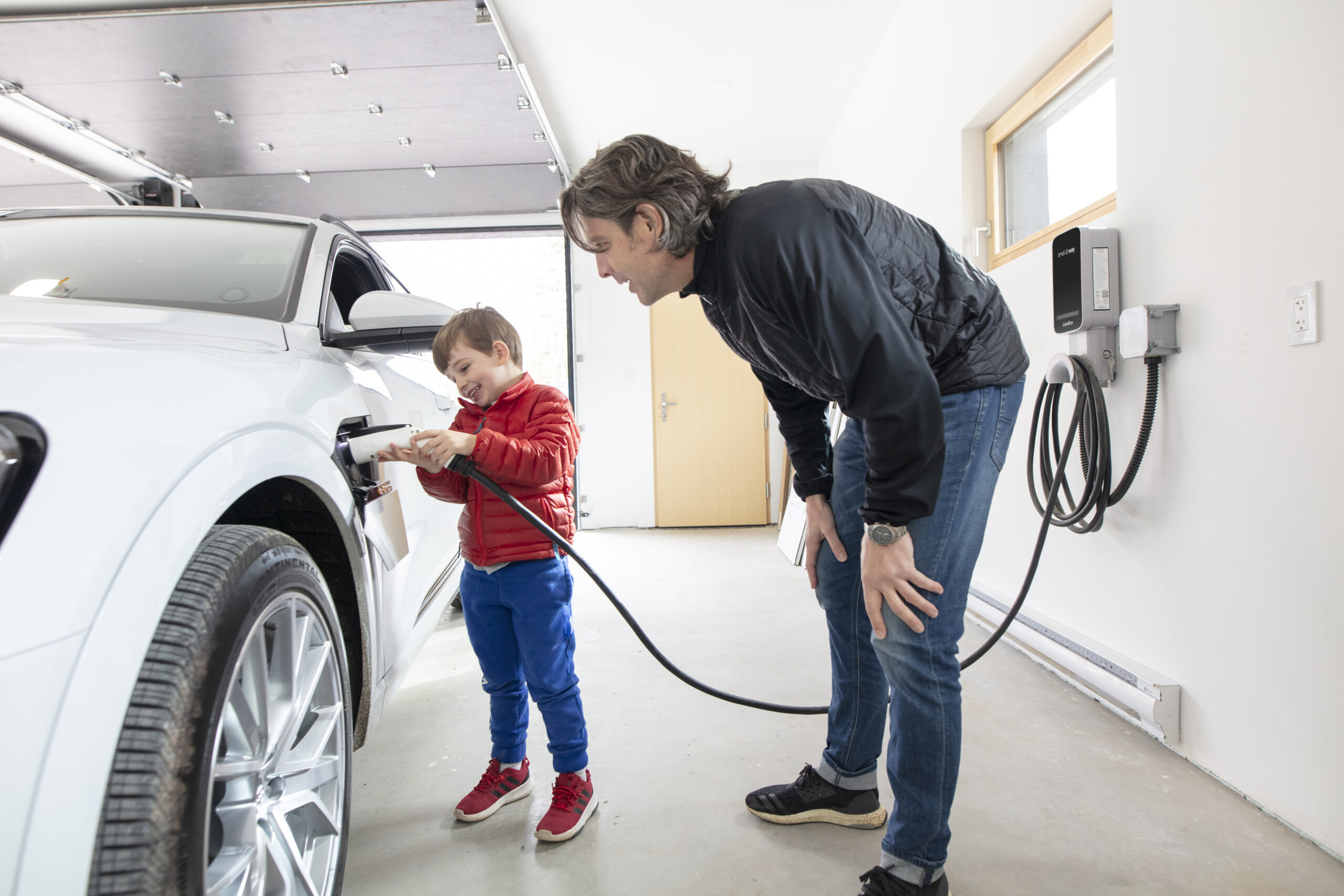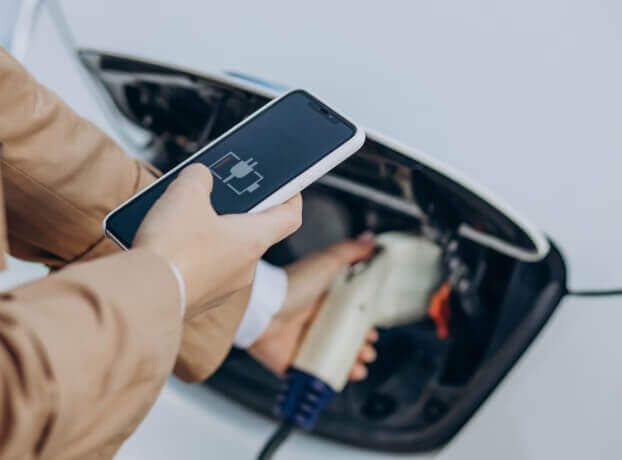EV Charging Design AND INSTALL
Income Power provides project management for all Electrical Vehicle (EV) charging and installation. We want to make your process of purchasing, installing and servicing your charging stations as seamless as possible. There are dedicated and certified car charger electricians with a level of experience and knowledge that the typical electrician cannot match. We partner with DTE and Consumers as well as other major electrical companies throughout Michigan, Ohio and Texas.
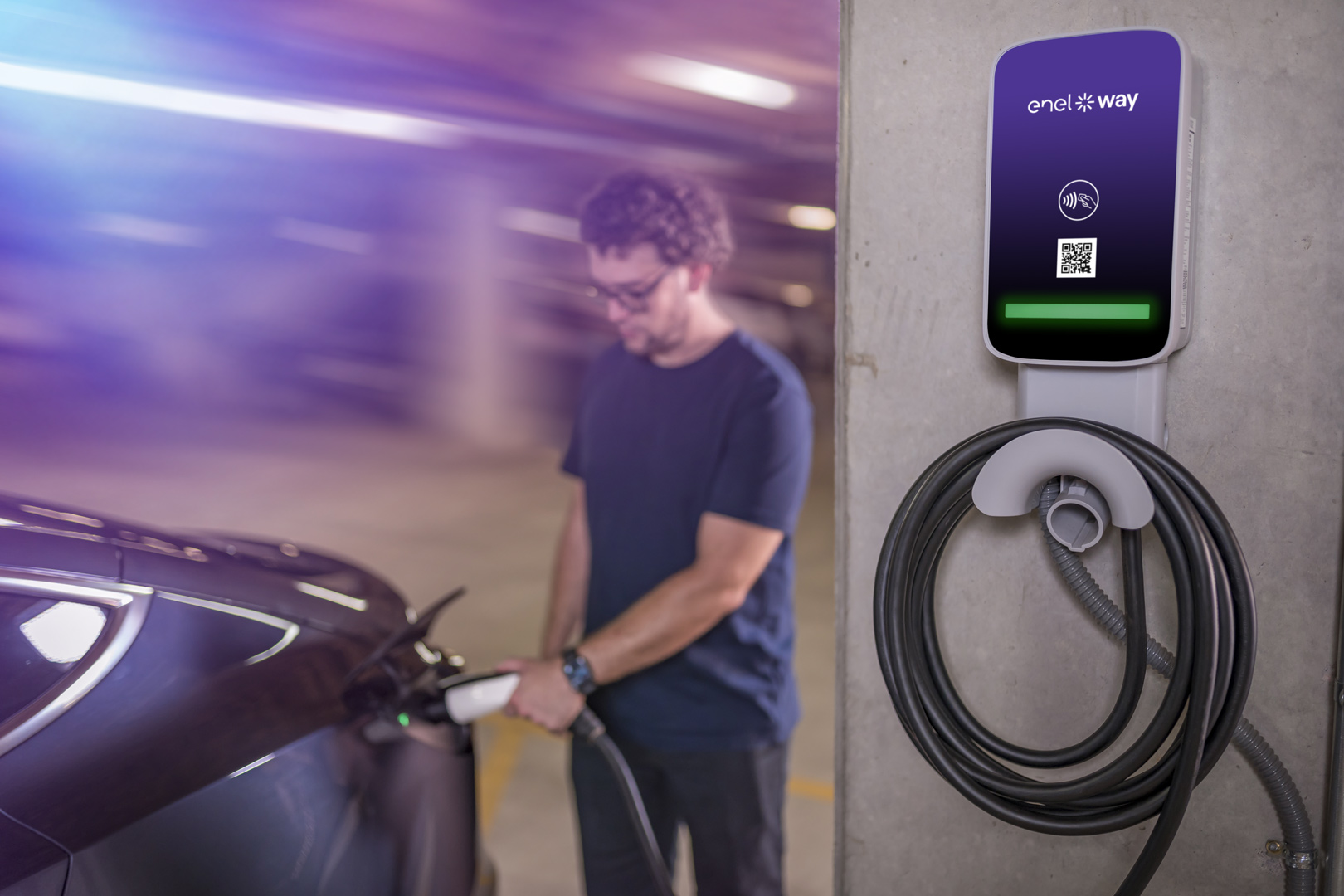
EV Charging Levels
The first step to choosing a charger for your home or public space and understanding its maintenance requirements is to know the differences between the different types of charger levels.
Income Power can guide you on selecting the right charging solutions for your home, business, workplace, and fleet use. They also offer helpful resources which help you choose the best charging station for your EV and work with you to obtain currently offered rebates.
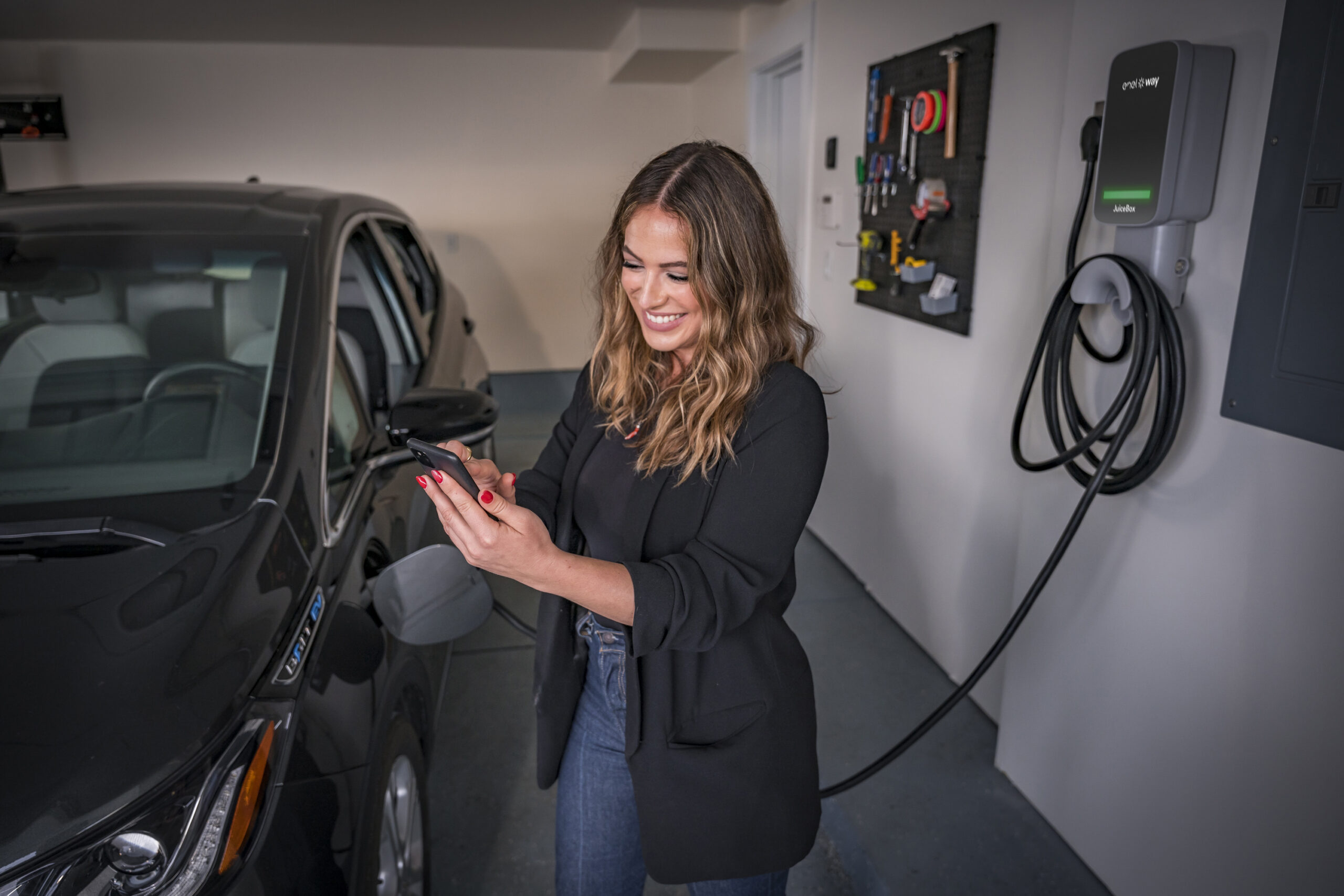
What level charger is best?
That depends on how quickly you need to charge.
- There are three levels of charging, from slowest to fastest. Level 1 is just a standard 120-volt wall outlet – all EVs come with an adapter that lets you connect to one. It gives most EVs about 5 miles of range per hour. It’s fine to charge overnight at home. But if you’re stranded 25 miles from home with no juice and can only find a standard outlet, it will take hours to recharge.
- Because Level 1 is so slow, it’s not used for public charging stations – they’re all either Level 2 or level 3. Level 2 delivers about 25 miles an hour. Level 3, also known as direct current fast charging, is the fastest. It’s for when you’re in a hurry – if your battery is nearly empty or if you’re on a road trip. It will get most EVs from empty to 80 percent of a full charge in 30 minutes to an hour, depending on the car and the charger.
